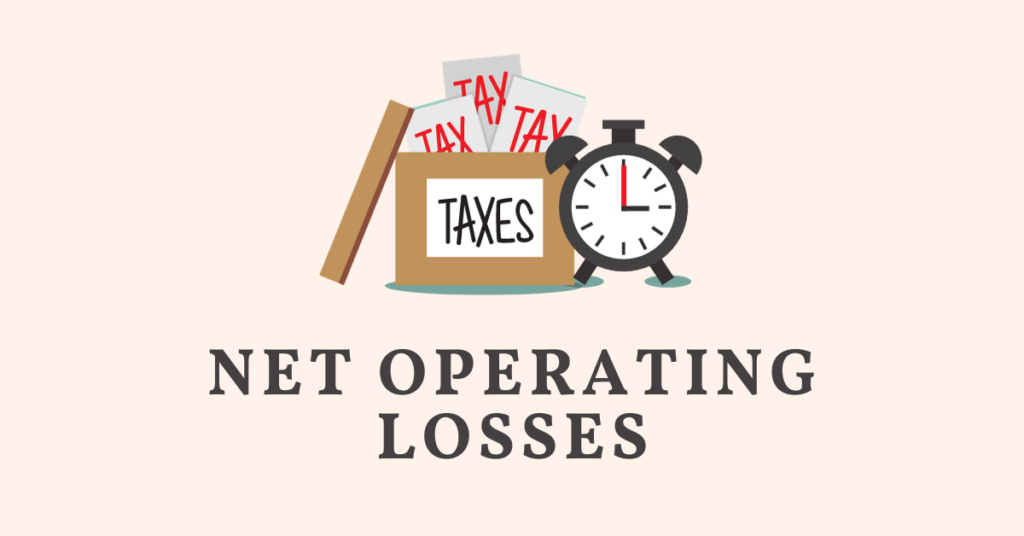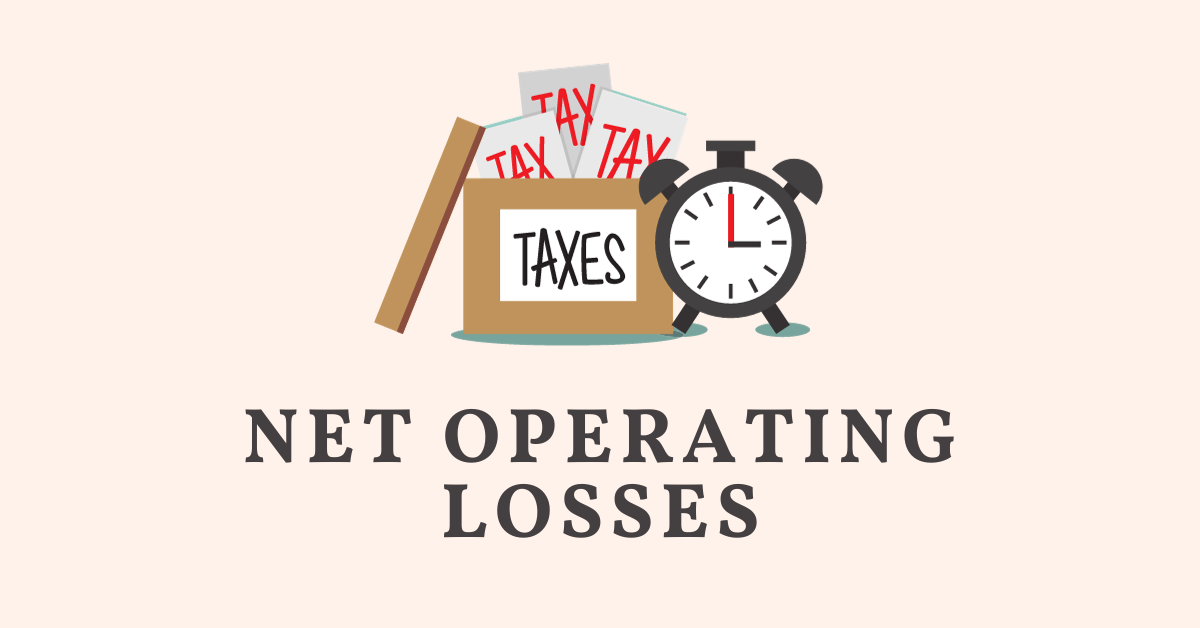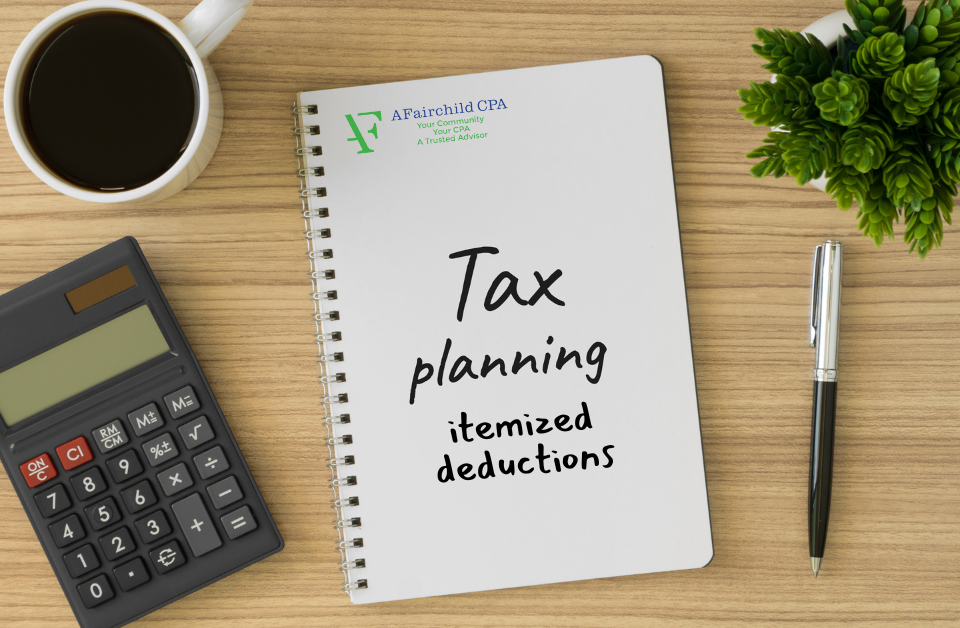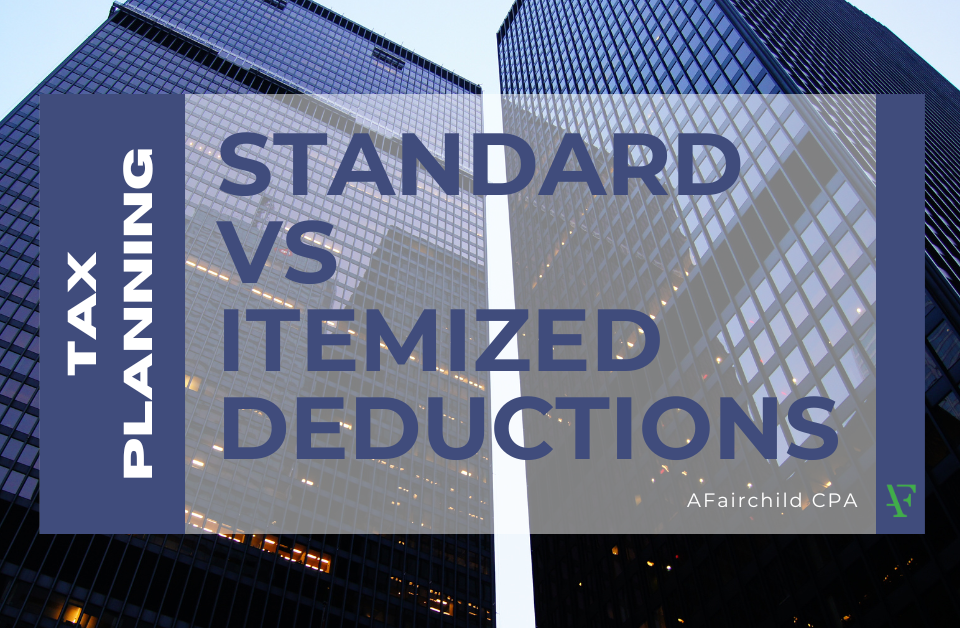Tax Planning: Net Operating Losses

Taxpayers have an opportunity to utilize net operating losses (NOLs) generated on their personal and corporate tax returns generated in tax year 2023 by carrying forward the losses. The usage of the loss carryover is subject to certain limitations.
Net operating losses (NOLs) and limitations.
An NOL is generally determined by subtracting deductions from gross income. For NOLs arising in tax years beginning after 2020, the loss carryforward period is unlimited. However, the carryforward may only offset 80 percent of taxable income. There is no carryback period, except for farming losses and non-life insurance company (property and casualty insurance company) losses, which have a two-year carryback period. The 80 percent limitation does not apply to non-life insurance companies. Taxable income for the percentage limitation is computed without regard certain deductions, including capital losses, qualified business income and foreign-derived intangible income.
NOLs arising in tax years beginning in 2018, 2019, and 2020 have a five-year carryback period and an unlimited carryforward period. The 80 percent taxable income limitation does not apply to NOLs arising in these years. Losses in tax years beginning before 2018 are generally carried back two years and carried forward 20 years, with no taxable income limitation.
Reporting procedures.
In calculating the amount of an NOL or an NOL carryover, a noncorporate taxpayer (an individual, trust or estate) and C corporation must make several adjustments to adjusted gross income and taxable income. In order to deduct an NOL, the taxpayer must file the appropriate form or statements with the IRS, depending on whether the NOL is being carried back to a prior year or carried forward to a future year.
If the NOL is carried forward, the NOL is entered as a deduction on the return in the first carryforward year and a recalculation of taxable income is not required. To file a carryback claim, a taxpayer can file an amended income tax return for the carryback year or a tentative refund claim. If an NOL is carried back, the taxable income in the carryback year is recomputed to determine the refund due in the carryback year.
Irrevocable elections to waive the loss carryback period for certain taxpayers.
For tax years beginning after 2020, a taxpayer in the farming business and non-life insurance companies can make an irrevocable election to waive the two-year carryback period. An election to waive carryback of a NOL may make sense for a number of reasons, even though it postpones the NOL deduction. Waiving the carryback could benefit a taxpayer who experienced low-income years before the loss year and expects high income tax liability in the years after the loss year.
Contact Us
If you have any questions related to the NOL rules and the impact to your individual or corporate income tax return, please call our office. We can help you determine the best timing for claiming a net operating loss and making any necessary elections and reporting requirements. Call us at 214-731-7664.




